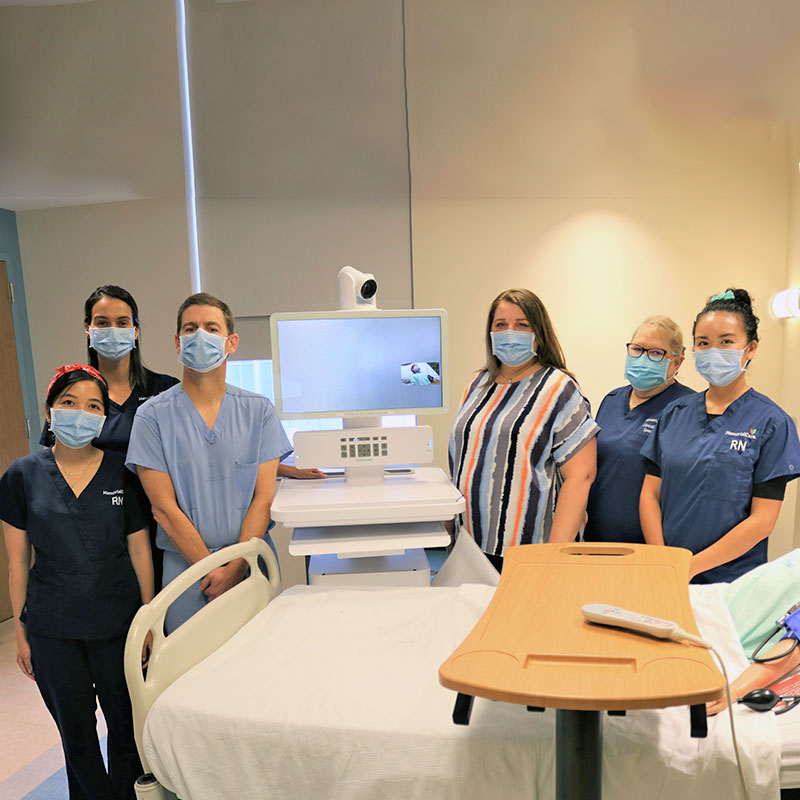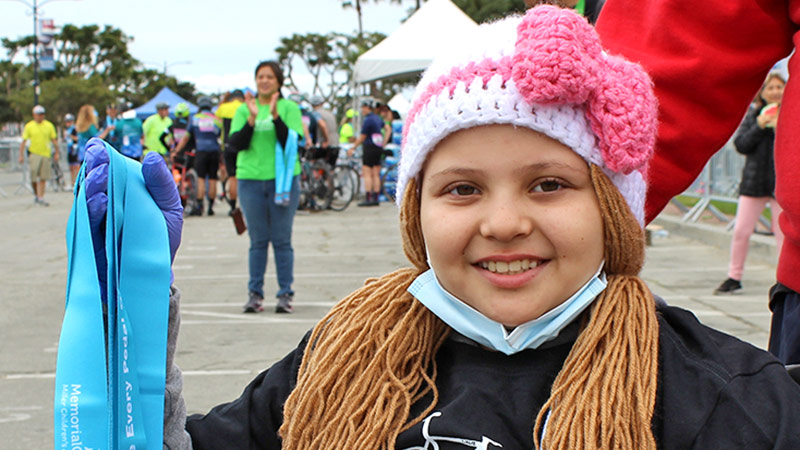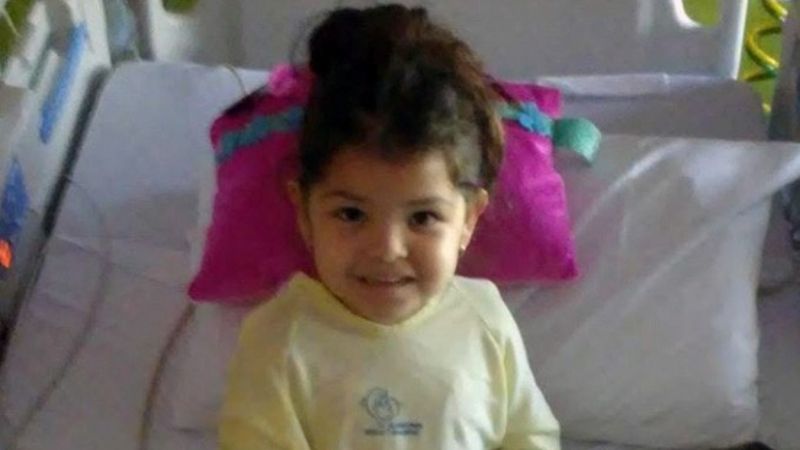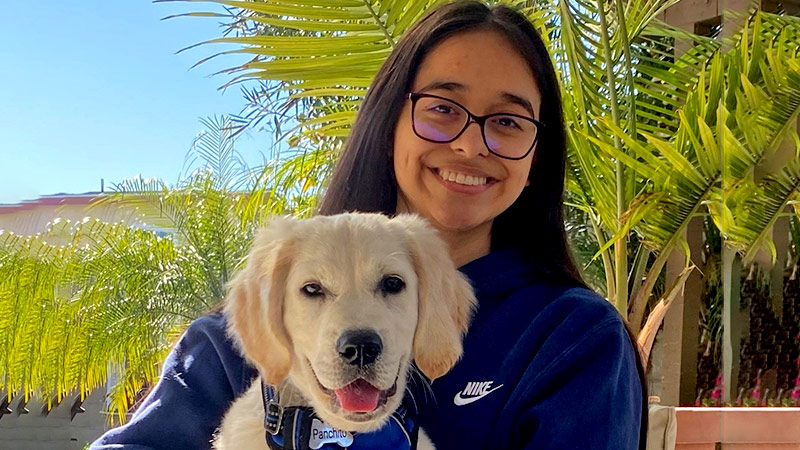Our 30-bed Cherese Mari Laulhere Pediatric Intensive Care Unit (PICU) provides care to toddlers, children and teenagers who become critically ill or injured. Critical care is comprehensive care for patients whose condition may be life-threatening or who may require constant monitoring.
Conditions that commonly cause critical illness and injury include severe infection, poisoning, trauma, extensive surgery, congenital anomalies and immunological disorders. Patients from multiple surgical specialties including congenital heart surgery, neurosurgery, orthopedics and general pediatric surgery receive advanced-level care. We are a level II trauma center and admit patients with a wide variety of traumatic injuries, including head traumas.
The unit is staffed 24 hours per day, 7 days per week by onsite board-certified pediatric intensivists, registered nurses and respiratory therapists with special skills in the management of critically ill children, and the availability of an inter-disciplinary team including social workers, dieticians, occupational therapists and physical therapists.
This highly trained care team of physicians, nurses, therapists and other staff possess the knowledge, skill and judgment to provide timely assessment and treatment. The team is actively involved in research studies to help improve outcomes nationally.
More than 1,300 patients are admitted to the Cherese Mari Laulhere PICU each year and half of the patients admitted are transported here from other hospitals, by our specialized pediatric transport team.
The Cherese Mari Laulhere PICU is a Level I PICU based on the AAP Policy.
The Cherese Mari Laulhere PICU is a designated California Children's Services Regional Special Care Center. It is one of only eight pediatric critical care centers in Los Angeles County and is equipped and staffed to provide the following:
- Continuous monitoring of all vital signs
- Care of the intubated/mechanically ventilated patient
- Postoperative recovery and care
- Intracranial pressure monitoring, including PbO2 monitoring.
- Arterial, venous, and pulmonary artery catheter monitoring
- Chest tube Insertion and Central and Arterial Line Placement
- Assistance with procedures, such as Bronchoscopies, but not limited to
- Isolation
Our team features respiratory therapists dedicated exclusively to pediatric intensive care, who partner with pediatric pulmonologists and use the latest advances in respiratory care for its patients:
- Converter ventilation
- High-frequency ventilation
- Inhaled Nitric Oxide
- Non-invasive mechanical ventilation
- Home ventilator program
- ECMO
Patient care is under the direction of the patient’s attending physician and/or sub-specialist. A
board-certified pediatric intensivist is on campus 24 hrs/day Monitoring and evaluating the Quality and Appropriateness of care is provided. Clinical laboratory services, including microbiology and blood bank, are readily available 24 hours a day. Diagnostic radiological services and the operating room are also readily available 24 hours a day.
Other services include, imaging services, diagnostic radiology, nuclear medicine, ultrasound, respiratory therapy, physical therapy, occupational therapy, speech therapy, renal dialysis and nutrition services.
Support services from Miller Children’s and outside agencies utilized include social workers to assess and manage psychosocial issues, case managers to make referrals for follow-up after discharge through home health nursing and arrange for durable medical equipment needed for discharge.
Virtual PICU
As a member of the National Association of Children’s Hospitals and Related Institutions, the Cherese Mari Laulhere PICU is participating in its Virtual PICU Performance System (VPS). The VPS system – a clinical database dedicated to standardized data sharing and benchmarking among PICUs with a focus on quality and comparative, multisite data capabilities – ensures the necessary data infrastructure within its initiative to eradicate catheter-associated blood stream infections (CA-BSI) in children.
VPS participants collect and share information on PICU quality control, patient and hospital measures, diagnoses, interventions, discharge, organ donation and pediatric risk of mortality scores. Hospitals can compare patient mix, performance and outcomes with peers. VPS also tracks and trends individual and aggregate clinical patient data, facilitates patient flow, documents patient care and collects data for multisite research studies.
PALISI
Miller Children’s & Women's belongs to PALISI, or Pediatric Acute Lung Injury and Sepsis Investigators. PALISI is a collaboration of clinical researchers with the goal of improving the care and health outcomes of critically ill children. Fifty pediatric intensive care units across the United States and Canada participate in this network focusing on identifying optimal support, prevention and therapeutic strategies for acute lung injury, sepsis, multi-organ failure and other acute, life-threatening pulmonary or systemic
inflammatory syndromes.
View additional research in Miller Children's & Women's research program.
Moving to General Pediatrics is a positive step in a child’s progress on their road to recovery and in preparing to go home.
The General Pediatrics Unit at Miller Children’s & Women's is physically located in two areas on the campus. One area is located immediately below the Cherese Mari Laulhere PICU on the 2nd Floor of Miller Children’s & Women's. The other area is located on the 2nd Floor of Memorial West, which is located within Long Beach Medical Center. Each unit is comprised of 50+ general pediatric beds and offers the same advanced general pediatric care for all patients.
Miller Children's & Women's understands that parents, patients and family members may have endured many changes/adjustments with a hospitalization, and the care teams are committed to alleviating as much anxiety and answer as many questions as possible to enable everyone to make a smooth transition to Miller Children's & Women's General Pediatric Unit.
The following team members are available throughout a hospital stay. For more information on support services, visit the Family and Visitors section.
- Case manager
- Chaplain
- Child life specialist
- Clinical nurse specialist
- Customer service
- Dietitian
- Interpreter
- Rehabilitation therapist
- Respiratory therapist
- Social worker
For Parents
At Miller Children's Hospital Long Beach we're dedicated to providing the highest quality care and safety for every child who enters the hospital with a patient and family-centered care approach. Our processes involve all caregivers including family members and community resources in order to optimize care for all our children with acute, critical and chronic diseases. An individualized care plan will be developed to meet the needs of each critically ill patient that includes parental/familial education and emotional support. No matter the type of visit, Miller Children's understands that parents and families are a key component to a child's recovery.
We know that you will have many questions. Please do not hesitate to ask about anything. It is much better to ask a question than to worry. We respect your beliefs and culture and believe you should receive information about your child and their treatment. Everyone caring for you and your child wants to help you understand and cope with your child’s hospitalization.
Miller Children’s Hospital Long Beach also has several parent resources available to help your family through your child’s hospitalization. Our team will always work to identify stressors and suggest coping mechanisms to help patients and their families deal with the hospitalization. Please remember to ask your care team question and seek support whenever possible.
We encourage parents to be with their children, and families and special friends they select to visit as often as possible. For the safety and security of our patients, parents, visitors and staff, we ask that you help us by following these visiting policies. These policies are designed to promote a safe environment where children can get well faster and with fewer complications. Your support of these policies is very important.
General Visiting Hours are from 1 - 6:30 p.m.
We encourage parents to be at their child’s bedside, whenever possible. We may ask you to step out for a moment during shift report from 6:30 - 7:30 a.m. and 6:30 - 7:30 p.m.
Grandparents may visit at any time.
- Due to limited space, 2 visitors may be at your child’s bedside at one time.
- A parent must be with any visitor, other than grandparents, at all times.
- Visitors must wait outside the main doors of the unit when not at the bedside.
- Siblings, who are 3 years through 13 years, may visit during general visiting hours.
*Please contact the Child Life Department to prepare siblings for their first visit into the PICU at (562) 933-8060.
Child Life specialists are on-hand to help prepare your child for their first visit.
For Your Child’s Safety and the Safety of Others Please Adhere to the Following Policies*
We provide medical information to parents or legal guardians only.
Please comply with the rules and requests made by the PICU health care team while visiting the PICU.
- Please wear a parent badge or visitor sticker at all times.
- Parents will get a long-term identification badge upon admission of their child to Miller Children’s
- Please don’t give your parent badge to anyone else
- Visitors will sign in daily at the Information Desk and receive a visitors badge at that time
- Please do not visit if you are ill or think you may be getting ill.
- Wash your hands before and after visiting a child in the hospital.
- Children visiting who are under 14 must be siblings of the patient and have up-to-date immunizations.
- Visiting children must be with an adult at all times.
- Please speak softly while in the unit, hospital corridors and waiting areas.
- For the safety of our patients, latex balloons are not allowed.
*Visiting Policies may be modified at any time for the safety or security of your child.
Whether your time in the pediatric intensive care unit (PICU) at Miller Children’s Hospital Long Beach is planned or the result of a sudden urgent need, having your child admitted to the PICU can be difficult. The physical, psychological and social needs are assessed on admission, as well as continuously during the patient's hospital stay and the unit is designed to enable all patients and their families have visual accessibility of a nurse at all times.
Below are some of the terms you may hear or procedures you may be told of during your child’s stay. If at any point there is something that is not clear, please don’t hesitate to ask. It is important to us that you understand and are comfortable with the care your child is receiving.
Terms you may hear
Alarms: Alarms will sound for many reasons. Monitor alarms will sound when heart rate, respiratory rate or oxygen saturations fall outside an acceptable range. Medication pump alarms will sound to notify staff that a treatment or infusion is complete. Ventilator alarms will sound to notify the staff of a disruption in the circuit or a change in the delivered support. Staff in the PICU set alarms to go off at the slightest change. This causes some false alarms but allows us to observe your child closely. Alarms also may be observed from the nursing station or another patient's room.
Arterial Line: A flexible catheter that is inserted into an artery to allow the continuous monitering of blood pressure and the sampling of arterial blood to ensure adequacy of oxygen levels and carbon dioxide levels.
Bag, Ambu-bag, CPAP-bag: A hard plastic or inflatable bag connected to oxygen that allows a physician, nurse or respiratory therapist to help your child breath.
Call Light: Each room is equipped with a call light. The controls for the television also have a button to ring for the nurse.
Chest Tube: Sterile flexible tubing inserted by the physician into the chest to allow unwanted fluids or air to drain.
Emergency Cart: Rolling cart that contains supplies and medications needed to treat a child during a crisis.
ET Tube: A flexible plastic tube placed into a child's airway, through the nose or mouth, to help him or her breath.
Heart Rate: The number of times a minute your child's heart is beating. The green top line on the monitor will also be watched to observe the rhythm of the heartbeat.
Intubation: Placement of a breathing tube into the patient’s body.
Isolation: Used to prevent transfer of illness to the patient or to the visitor. May include one or all of the following: gown, gloves, mask, special isolation room or limited visitors.
IV: Intravenous. A flexible catheter that is inserted into a blood vessel to provide fluids, medications, blood products and or nutrition. These may be peripheral (inserted into a small vein in the hand, foot, or arm) or central lines (inserted into a larger vein via the neck, groin or chest).
Monitor: The large screen located above your child's bed that shows heart rhythm and rate, blood pressure and saturations. Other numbers may also be seen if your child's conditions indicates use of other treatments.
NG: Nasogastric Tube. A flexible tube that is inserted through the patient's nose into the stomach to drain unwanted fluids that can build up.
Postural Drainage: This procedure is used to assist in getting mucous and secretions out of your child's lung. The respiratory therapists will use their hands in a cuplike fashion or use a machine to gently vibrate on your child's chest.
Pulse Ox Probe: A "red light" usually taped to your child's finger or toe connected by a wire to the pulse oximeter. Measures the oxygen saturation in your child's blood.
Respiratory Rate: How fast your child is breathing. Measured by the monitor from abdominal "belly" movement and chest movement. The monitor can count movement by your child as breathing so this number is not always accurate. The health care team will also watch, look and listen to your child's breathing.
Restraints: Some children require soft Velcro holders on their arms and/or legs to prevent them from removing or pulling at equipment, IV's and tubes important to their recovery.
Saturation: A measurement of how well oxygen is being carried in the bloodstream.
Suctioning: May be needed for mouths and noses. If your child has an ET tube in place, he or she may need assistance clearing secretions. In this case, the ET tube will be suctioned and a staff member will assist your child's breathing using a bag connected to oxygen.
Ventilator: Assists with patient's breathing.
Warming Lights: A large metal frame that fits over a crib. Provides warmth to infants when they must be kept uncovered because of their illness or condition.
Due to the emergent nature of your child’s condition, the following procedures and/or treatments may be necessary before, during, or after arrival to our Pediatric Intensive Care Unit (PICU) at Miller Children’s Hospital Long Beach. Most of these procedures/treatments are considered routine and the standard of care, and don’t require special consent. Your child may need a procedure that requires special consent. In that case, our staff will discuss that with you in more detail. This information is being provided to you in an effort to keep you as informed as possible during your child’s hospitalization.
Your child’s doctor or nurse is available to answer any questions that you may have regarding the medical treatment that your son or daughter needs at anytime during his/her hospitalization. Please make a note of things or explanations that you don’t understand so that our PICU staff can assist you to the best of our ability.
Use of ventilator or breathing-assist device
Your child may require help with his/her breathing in order to maintain oxygen supply to vital organs and reduce carbon dioxide. Complications include, but are not limited to, trauma to the oral cavity, breathing tubes and lungs. Collapse of one or both lungs may occur. Placement of a tube through the vocal cords (intubation) is needed to use the ventilator.
Use of oxygen
Your child may need high levels of oxygen as part of his/her condition. Your child may have a small, flexible tube (nasal canula) that helps push oxygen into your child’s nose.
Placement of a chest tube
A plastic tube may need to be inserted through your child’s chest wall should a severe lung collapse (pneumothorax) occur. Bleeding, puncture of the lung and infection are possible complications.
Placement of catheters
Catheterization of the urinary bladder is a common procedure that can be emotionally and physically traumatic for your child. Procedures and techniques are in place that will minimize the physical and emotional discomfort.
Lumbar puncture
If your child is suspected of having an infection of the lining around the brain (meningitis), then a procedure is needed to sample CSF fluid. This involves the placement of a small needle through the skin between the bones of the lower back. The CSF fluid is then removed to check for germs. Risks may include a rare chance of infection, bleeding or a drop in oxygen level of heart rate.
Intubation
Placement of a breathing tube into the patient's body.
The PICU at Miller Children’s is located on the 3rd floor of the existing Miller Children’s.
Phone: (562) 933-8300
Address: 2801 Atlantic Ave.
Long Beach, CA 90806
Centers & Programs
Our Children’s Heart Institute provides total prenatal, infant, pediatric and young adult heart care for patients with congenital or acquired heart disease, patients who have a family history of heart problems, or kids and teens who are diagnosed with a congenital heart defect later in life.
The Neurology Center provides a multi-disciplinary approach for consultation, diagnostic testing and medical management of children with developmental conditions and neurological disorders.
Bones heal differently in children than adults. Because kids are constantly growing and developing, they need specialized pediatric orthopedic care that only a children’s hospital like Miller Children’s & Women’s can provide. Fully integrated, state-of-the-art orthopedic care is available for children from birth to 21-years-of-age with developmental disorders, congenital, neuromuscular and post-traumatic problems of the musculoskeletal system.
Our Surgical Center cares for children from newborns to young adults, who need common or complex surgical treatments in a leading, state-of-the-art surgical center designed just for kids.
Your Care Team
The Cherese Mari Laulhere PICU has board-certified intensivists in-house, 24/7 along with a primary team of nurses and respiratory therapists trained specifically in pediatric critical care. All pediatric sub-specialties are available for consultation. A specially trained health care team at Miller Children’s & Women's, known for providing life-saving care, is available for critically ill babies, children and adolescents. Board-certified/eligible Intensivists: An intensivist is a hospital-based sub-specialist with special training to care for and treat toddlers, children and adolescents who are critically ill. An intensivist is in-house, 24/7 at Miller Children’s & Women's.
Intensivists & Care Team
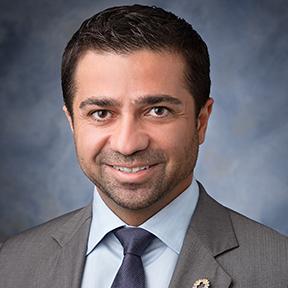
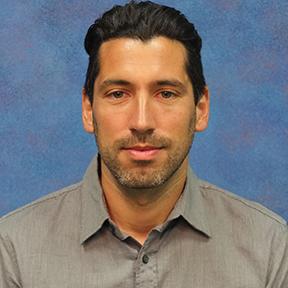

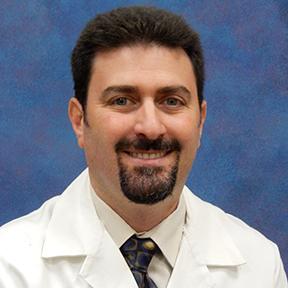

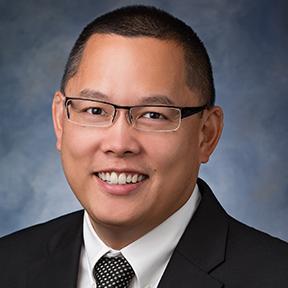
Other Team Members
- 24-hour coverage by a Pediatric Anesthesiologist
- PICU Specific Respiratory Care Therapists
- PICU Specific Registered Nurses
- Pediatric Physician Sub-specialists, covering more than 30 specialties
- Pediatric Surgeons
- Occupational, Physical and Speech Therapists
- Radiologists
- Psychiatrists
- Dietitians
- Pharmacists
- Social Workers
- Hospital Chaplains
- Shawna is a registered nurse and serves as the director of clinical operations for the PICU, CTICU, and Access & Transport Center at Miller Children’s & Women’s.
- She has special training in both transport and critical care nursing. Shawna is a TeamSTEPPS Master Trainer.
- Shawna is a member of the American Association of Critical-Care Nurses, Association of California Nurse Leaders, as well as the American Academy of Pediatrics section on transport medicine.
- She has served as a bedside nurse and an assistant unit manager in the PICU during her 20 years at Miller Children’s & Women’s and currently serves as the clinical operations director.

